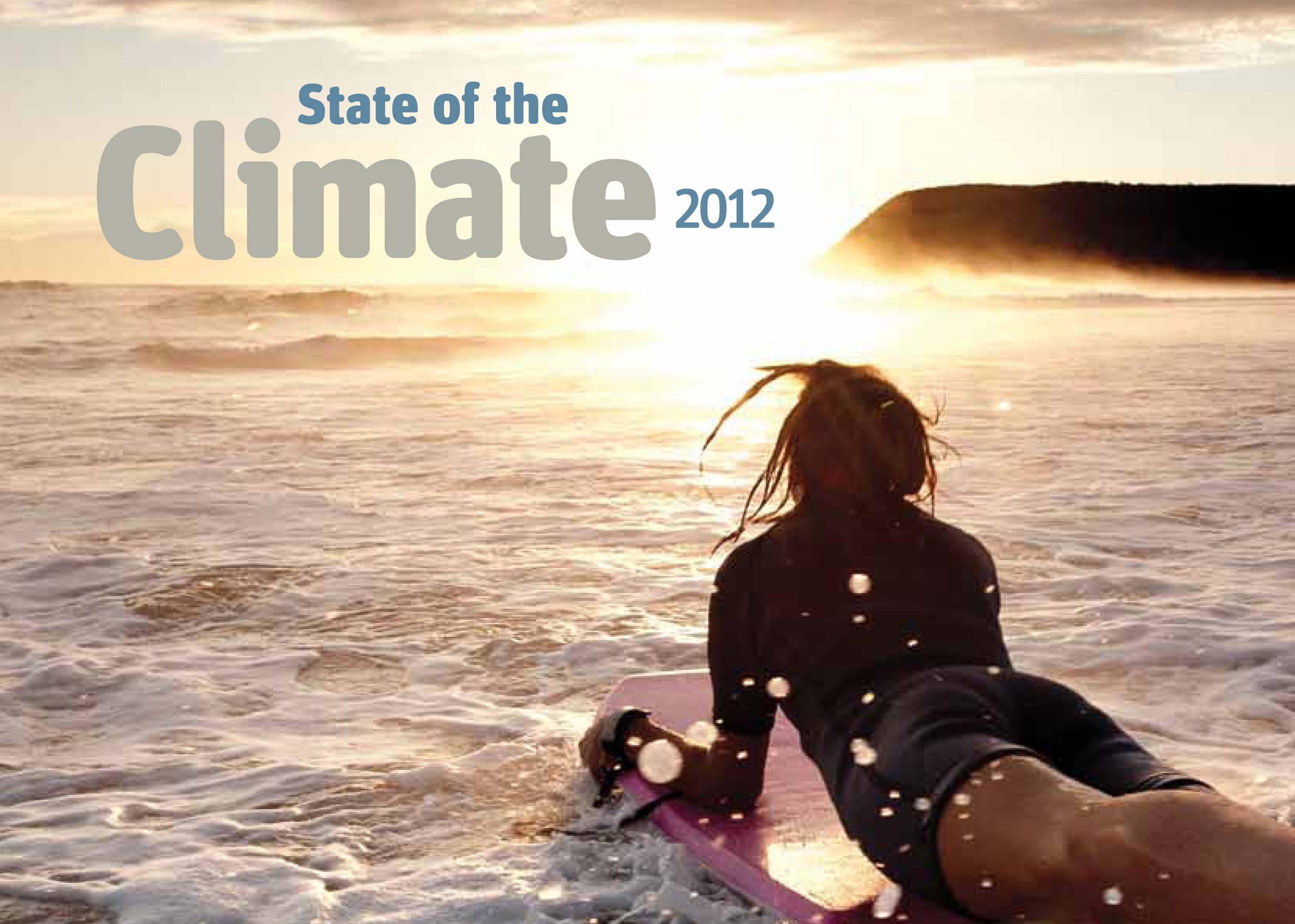
by Oxfam intern Kim Ho
The annual State of the Climate report has been released, revealing that both natural and human activities have influenced ocean warming, sea-level rise and temperature extremes over the past 100 years. The warming in Australia is consistent with global trends and cannot be explained by natural variability alone.
“We have shown that climate change has indeed altered the odds of some of the events that have occurred. What we are saying here is we can actually quantify those changing odds.” – Peter Scott, UK Met Office
The report, compiled by nearly 400 scientists from 48 countries, was accompanied for the first time by a complementary article that examines the links between climate change and the extreme weather events of 2011. The latest report contained many crucial findings, confirming that each decade has been warmer than the previous decade since the 1950s, with both an increase in monthly maximum temperatures as well as an increase in the number of warm nights. The South Pole station in Antarctica recorded its all-time highest temperature in 2011 and the Arctic sea ice extent remained below average throughout the whole year, continuing a trend which began in June 2001. In the last 18 years the global-average mean sea level rose faster than it did over the whole 20th century.
Dr Megan Clark, CSIRO Chief Executive, stated that despite highly variable weather patterns between each year, the data presented clear long-term trends occurring across decades. In Australia this included warming ocean surface temperatures, more spring and summer monsoonal rains in northern Australia and declining winter rainfall across the country.
State of the Climate reveals the link between these long-term changes and anthropogenic increases in greenhouse gases, which continued to rise steadily. The concentration of carbon dioxide in the earth’s atmosphere exceeded 390 parts per million (ppm) in 2011. This is a level unprecedented in the past 800,000 years and 40 ppm above the safe upper limit of CO2 in our atmosphere.
“This annual report provides scientists and citizens alike with an analysis of what has happened so we can all prepare for what is to come.” – Deputy NOAA Administrator Kathryn D. Sullivan.
Climate change is now a factor that must be considered alongside other climatic phenomena in understanding fluctuating global temperatures. While La Nina certainly has a significant influence on average ocean temperatures, causing a cooler Pacific Ocean, we must now combine that with the effects of climate change as we witness the global sea surface temperatures in 2011 rise to amongst the 12 highest years on record.
In Britain scientists have found that cold Decembers are half as likely to occur now compared to 50 years ago, while hot Novembers are 62 times more likely. However, not all extreme events analysed in the report were attributable to climate change, such as the 2011 Chao Phraya River floods in Thailand where increased construction along the flood plain was found to be the cause. The report contends that scientific thinking has progressed and now attribution statements about individual weather or climate events are possible.
We must now come to terms with how our individual activities are contributing to a changing climate. It is time to decide what will change in a year, to the world we know and in the actions we take, before the next report is released.
The full State of the Climate 2012 report can be accessed here (pdf).